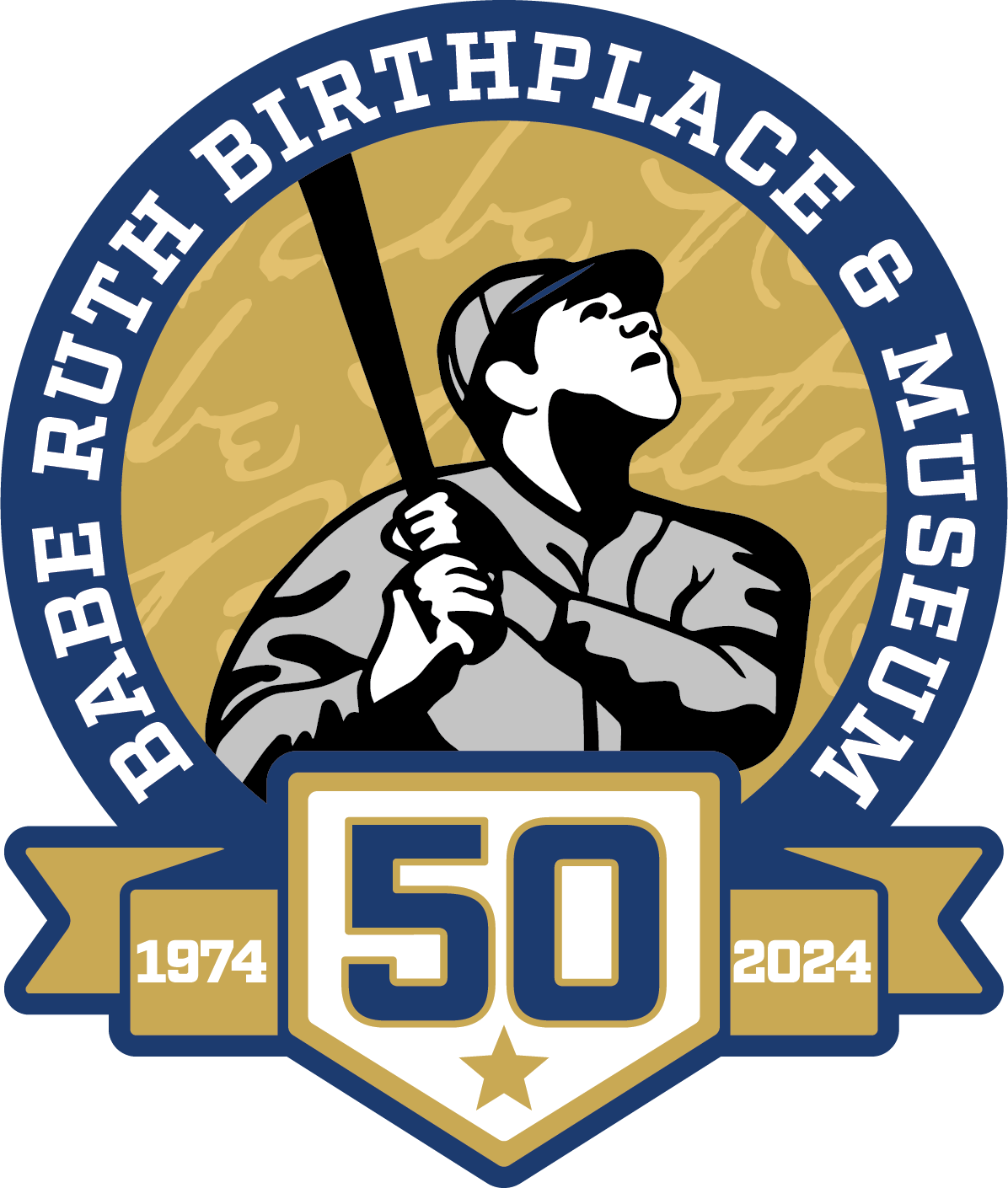On Monday, following the memorial services for Indy 500 winner Dan Wheldon, who died last Sunday in the Indycar finale in Las Vegas, drivers and Indycar officials met to discuss how to make the sport safer. They want to find better ways to protect the drivers. But can it be done?
Wheldon died from blunt force trama to the head when his car went airborne in a 15-car melee that resulted in the former Indycar champion crashing headfirst into the retaining fence. Doctors rushed to save Wheldon’s life, but his injuries were too severe.
Auto racing is dangerous, but motorsporting events aren’t the only high-risk sports. Ridge Barden, a 16-year-old lineman from
In each case the argument is made for safer helmets. But some doctors believe it isn’t the equipment that needs to change but rather our approach to sports. Dr. Michael Williams of Lifebridge Health’s Sandra and Malcolm Berman Brain & Spine Institute believes that in many sports the evolution of helmets has reached its pinnacle. Brain injuries are often caused by two factors, a trauma to the head and the impact of the brain hitting the inside of the skull. A helmet can significantly reduce the damage caused by the former but it can do nothing to alleviate the latter. Much like taking an egg and shaking it, there is no physical damage to the outside shell, but the yolk inside is clearly scrambled.
It seems that with the improvements to sports equipment has come a false sense of security. Hockey, lacrosse and football injuries have not decreased because our players, amateur and professional, believe they can hit their opponent that much harder. A result of trying to make our sports safer is that we’ve actually made them more dangerous. Just ask Sydney Crosby of the Pittsburgh Penguins who continues to deal with post-concussion symptoms from head injuries sustained in January.
Recent attempts by the NFL and other leagues to enforce tougher penalties for illegal hits is just the beginning of a change that needs to happen. We need to remember that sports are dangerous and to pass that message on to the kids playing them. Safety doesn’t just mean safer equipment, it also means safer practices.
Shawn Herne is the Chief Curator for the Babe Ruth Birthplace Foundation, Inc.
